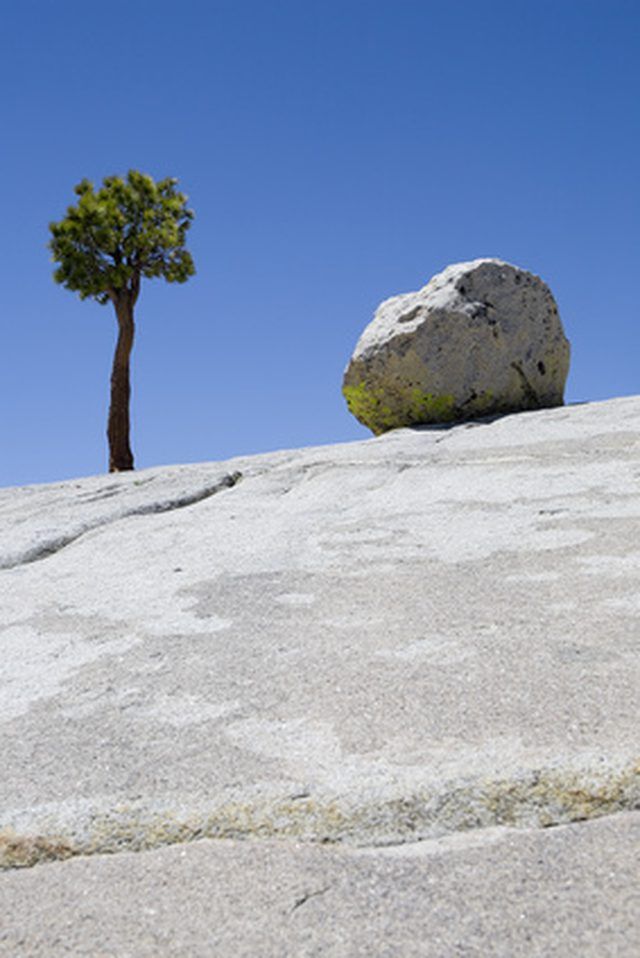Bulbs
Flower Basics
Flower Beds & Specialty Gardens
Flower Garden
Garden Furniture
Garden Gnomes
Garden Seeds
Garden Sheds
Garden Statues
Garden Tools & Supplies
Gardening Basics
Green & Organic
Groundcovers & Vines
Growing Annuals
Growing Basil
Growing Beans
Growing Berries
Growing Blueberries
Growing Cactus
Growing Corn
Growing Cotton
Growing Edibles
Growing Flowers
Growing Garlic
Growing Grapes
Growing Grass
Growing Herbs
Growing Jasmine
Growing Mint
Growing Mushrooms
Orchids
Growing Peanuts
Growing Perennials
Growing Plants
Growing Rosemary
Growing Roses
Growing Strawberries
Growing Sunflowers
Growing Thyme
Growing Tomatoes
Growing Tulips
Growing Vegetables
Herb Basics
Herb Garden
Indoor Growing
Landscaping Basics
Landscaping Patios
Landscaping Plants
Landscaping Shrubs
Landscaping Trees
Landscaping Walks & Pathways
Lawn Basics
Lawn Maintenance
Lawn Mowers
Lawn Ornaments
Lawn Planting
Lawn Tools
Outdoor Growing
Overall Landscape Planning
Pests, Weeds & Problems
Plant Basics
Rock Garden
Rose Garden
Shrubs
Soil
Specialty Gardens
Trees
Vegetable Garden
Yard Maintenance
How to Calculate Boulders in Tons
How to Calculate Boulders in Tons. You can easily measure and "weigh" boulders with a few minutes of time and some basic supplies. Such measurements can be fun science experiments, make an interesting vacation fact or help you plan your landscaping project.

You can easily measure and "weigh" boulders with a few minutes of time and some basic supplies. Such measurements can be fun science experiments, make an interesting vacation fact or help you plan your landscaping project.
Things You'll Need
Earth science guide (optional)
Tape measure
Scrap paper and pencil
Calculator
Determine what type of rock the boulder is formed from. You may do this by asking a park ranger, consulting your earth science guide or looking for signage close to the boulder. (In a landscaping store, this information should be readily available from the store clerk.)
Measure the boulder's length. Hold you tape measure at one end of the boulder and have a friend pull the tape out to the other end. Use your scrap paper and pencil to record the measurement.
Repeat Step 2 for height and width. Be careful measuring the height. If the boulder is tall, you may prefer to estimate that number based on a friend's height rather than climb the rock.
All dimensions need to be in feet. Since boulders aren't perfectly square, it may be easiest to simply round each dimension to the closest foot. For example, 35 inches would become 3 feet and 79 inches would be 6 feet.
Using your calculator multiple the length, width and height to determine the area of the boulder. The answer will be in cubic feet. For a boulder 3 feet long, 4 feet wide and 2 feet tall, you'd multiply 3x4x2. The area of the boulder would be 24 cubic feet.
Multiple the area you found in Step 5 by the weight per cubic foot of your rock type (see tips). For example, let's say our sample rock is made of sandstone, which weighs 150 lbs per cubic foot. The boulder would weigh 3,600 lbs. (24 cubic feet x 150 lbs per cubic foot).
Use your calculator to divide your boulder's weight by 2,000 in order to determine tons. For example, our 3,600 pound boulder is 1.8 tons.
Tips & Warnings
Sandstone weighs approximately 150 pounds per cubic foot.
Limestone averages 175 pounds per cubic foot.
For less common materials, find the pound per cubic foot at Reade Advanced Materials (referenced below).
If you can't determine your rock type, you can use an estimate of 162 pounds per cubic foot, which is halfway between the two most prevalent rocks.
Boulders are not perfectly square so your measurements won't be exact. Irregular shapes can be measured by determining the area of different sections of the rock and adding them together.